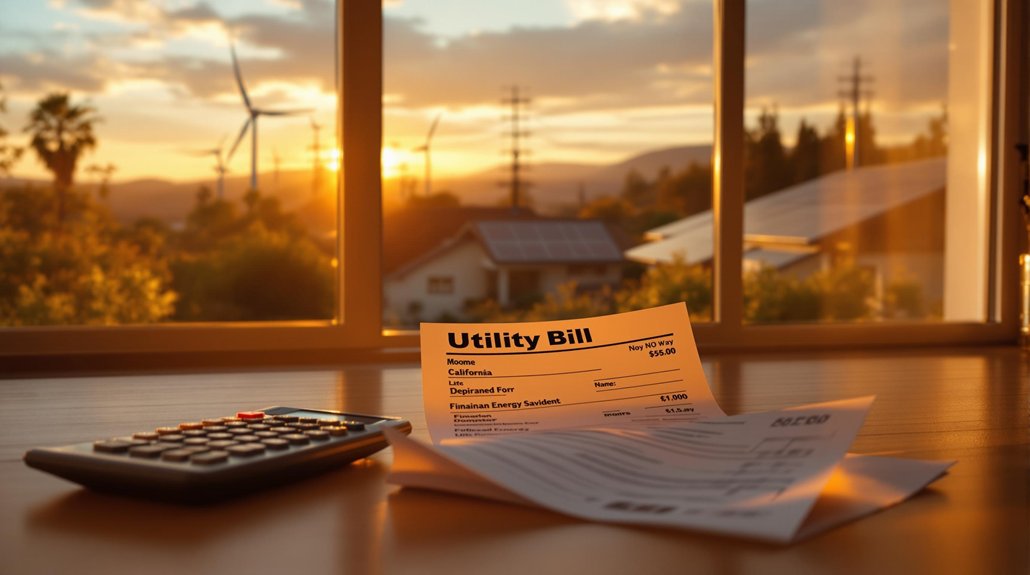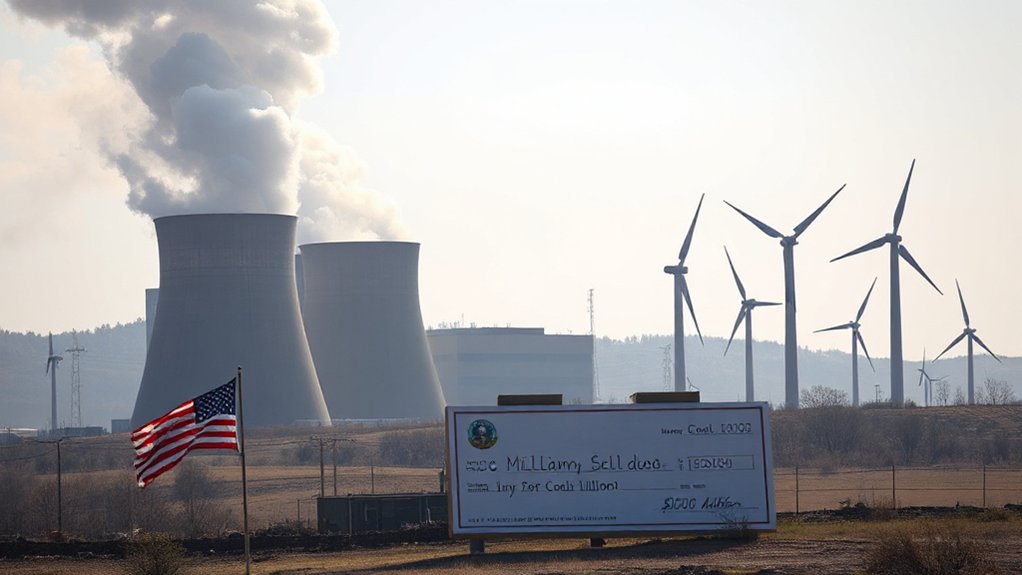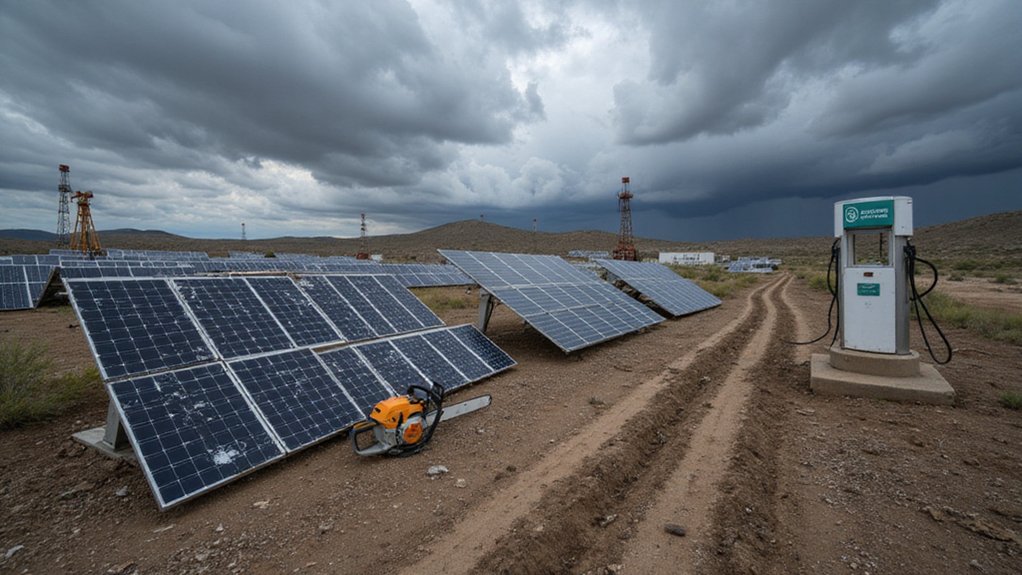Minnesota’s climate progress hangs by a thread. Senate Bill 4145 would slash rural solar development on farmland, threatening the state’s 14% emissions cut since 2005. Farmers would lose steady income, while counties kiss tax revenue goodbye. Talk about bad timing—Minnesota’s already warming fast, with winters 5°F hotter since 1970. The 2040 carbon-free electricity goal? Good luck with that. The consequences stretch far beyond just energy policy.
Although Minnesota has managed to cut its greenhouse gas emissions by 14% since 2005, the state’s climate progress stands at a critical crossroads. Recent data tells a sobering tale: despite the progress, we’re still miles away from hitting ambitious climate goals established last year—50% reduction by 2030 and net-zero by 2050. Not exactly a walk in the park.
Minnesota’s climate is changing. Fast. The state has warmed a startling 3°F since 1895, with winters heating up at a pace that would make a sauna jealous—a full 5°F increase since 1970. Last winter was practically tropical, averaging 13.5°F above normal. So much for the “frozen north.”
These shifts aren’t just numbers on a chart. They’re reshaping life across the state. Lakes have lost nearly two weeks of ice cover over the past half-century. Small businesses dependent on winter tourism are filing for emergency federal loans. And let’s not forget the 21 air quality alerts in 2023 alone. Nothing says “Minnesota nice” like unbreathable air.
Rural communities and Tribal Nations bear the brunt of these changes. Traditional ways of life are threatened as walleye populations struggle, wild rice faces uncertain futures, and moose retreat northward. It’s not just inconvenient—it’s existential.
The health implications are equally concerning. More heat means more risk for vulnerable populations. More wildfires mean more respiratory issues. More environmental instability means more mental health challenges. It’s a cascade of problems that won’t solve themselves.
While Minnesota’s emissions rebounded 6.4% between 2020-2022 following the pandemic dip, they remain below 2019 levels. That’s something, but hardly enough.
The state’s climate future hangs in balance. Transportation, electricity generation, and agriculture remain the largest emission sources—areas that need immediate attention. The 2023 Clean Electricity Standard represents a crucial step toward achieving 100% carbon-free electricity by 2040. Even more concerning, the state has seen heavy rainfall events become more common and intense than ever recorded, putting infrastructure and communities at increased risk. Without significant action, Minnesota risks missing its targets, leaving future generations to clean up the mess. The shift to energy storage solutions will be crucial as we modernize our grid infrastructure to accommodate more renewable sources. The clock isn’t just ticking; it’s practically screaming.
References
- https://www.pca.state.mn.us/air-water-land-climate/climate-change-trends-and-data
- https://www.dnr.state.mn.us/climate/climate_change_info/climate-trends.html
- https://climate.umn.edu/climate-data
- https://climate.state.mn.us/sites/climate-action/files/cc-mn4-03.pdf
- https://www.health.state.mn.us/communities/environment/climate/climate101.html








